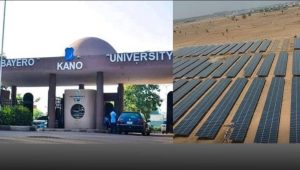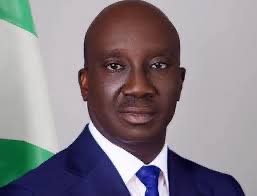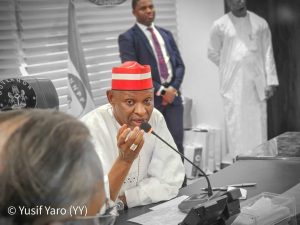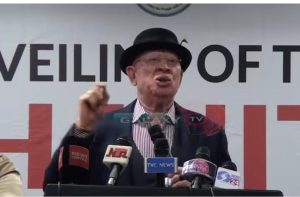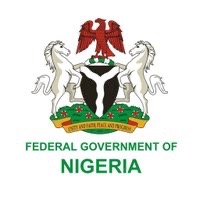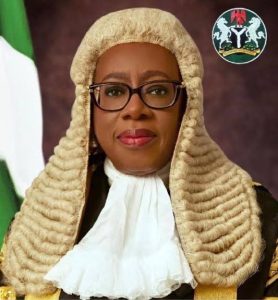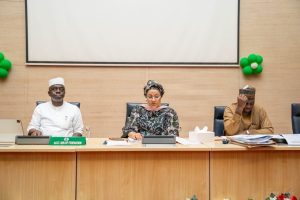By Yusuf Olukokun
The Federal Executive Council (FEC) approved the building of fibre optics which would give additional value to the Nigeria’s digital ecosystem. The approval was given after FEC meeting at the State House, Abuja.
Dr. Bosun Tijani, Minister of Communication and Digital Economy, profoundly declared the approval of the launch of Special Purpose Vehicle (SPV) which would see to the delivery of 90,000 km fibre optics, in a bid to ensure that connectivity infrastructure serves as a strong “backbone” for internet access across Nigeria.

In his words, he said in the last few months the Ministry has put in a wide groundwork which will be bundled into governance and operations similarly to the best public-private partnerships in some Nigeria’s setups.
Also, according to him, he said: “Working with partners and stakeholders from the government and private sector, this SPV will build the additional fibre optic coverage required to take Nigeria’s connectivity backbone to a minimum of 125,000km, from the current coverage of about 35,000km. Upon delivery, this will become Africa’s 3rd longest terrestial fibre optic backbone, after Egypt and South Africa.”
Alternatively, he said the extensive coverage would be an avenue to optimize the benefits of having 8 submarine cables which are already in Nigeria, and thus increasing the capacity of the data the cables are offering beyond the normal 10%.
“Building on our existing work with the Broadband Alliance, this increased connectivity will help plug the current non-consumption gap by connecting over 200,000 educational, healthcare and social institutions across Nigeria, ensuring that a larger section of our society can be included in the benefits of internet connectivity”, he said.
He clearly stated the immediate benefits for Nigerians at large, these are: the increment in the influx of internet penetration to over 70%; reduction of the cost of internet access by over 60%; maximum inclusion of 50% of 33 million Nigerians that do not have access to internet, and getting 1.5% GDP growth per capita which would surely raise the GDP from $472.6 billion to $502 billiom in the next four years.







